Vietnam War United States Air Force (USAF) "Search and Rescue - SURVIVAL" U.S. Pilot Manual

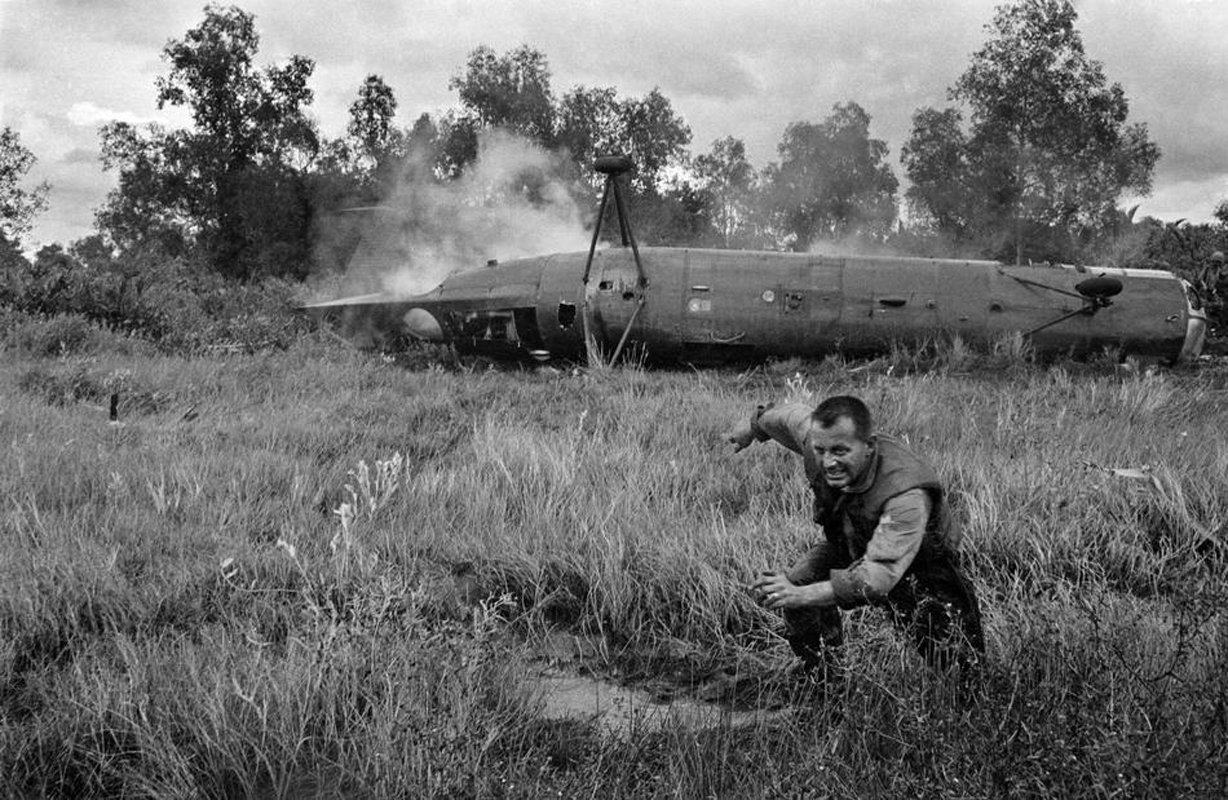

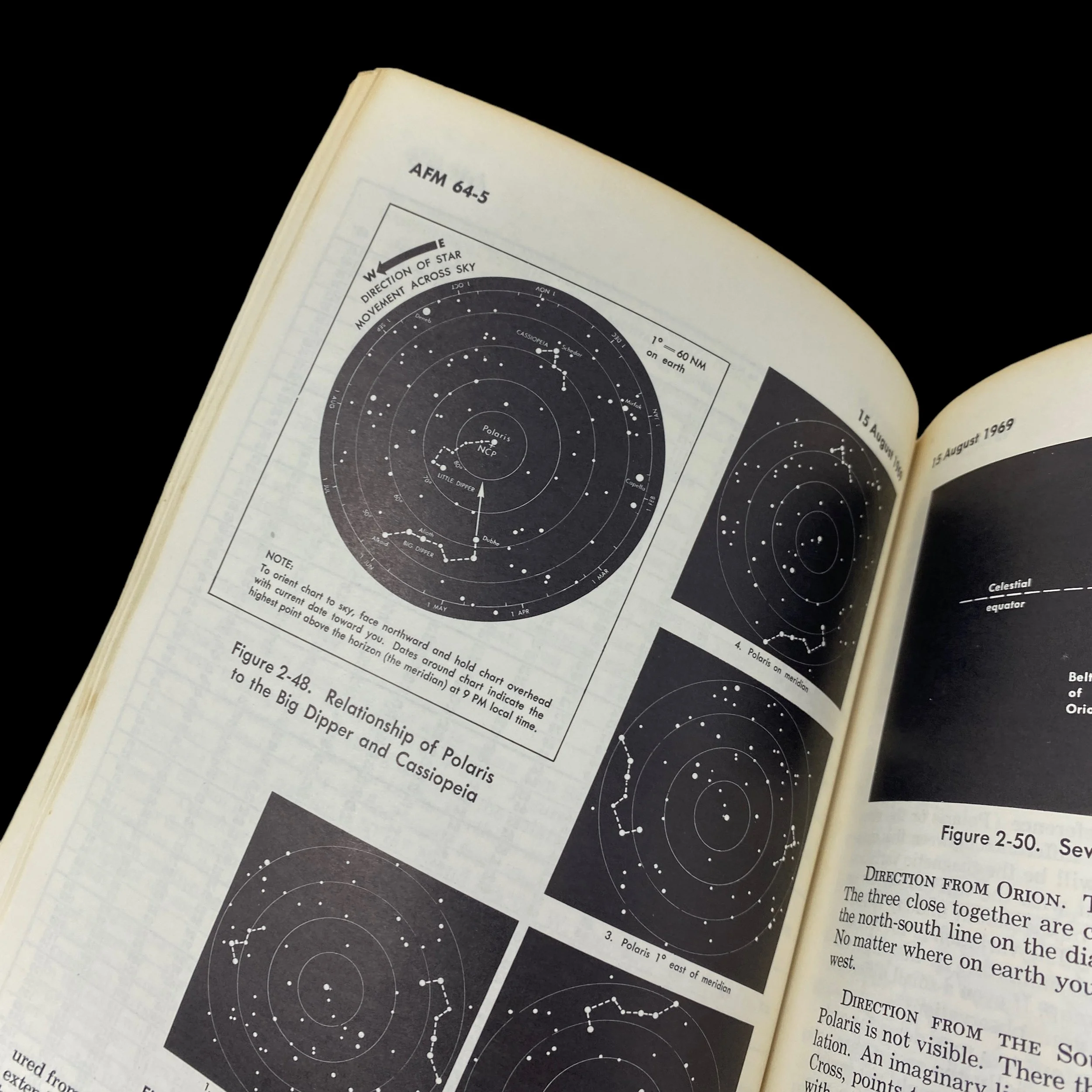






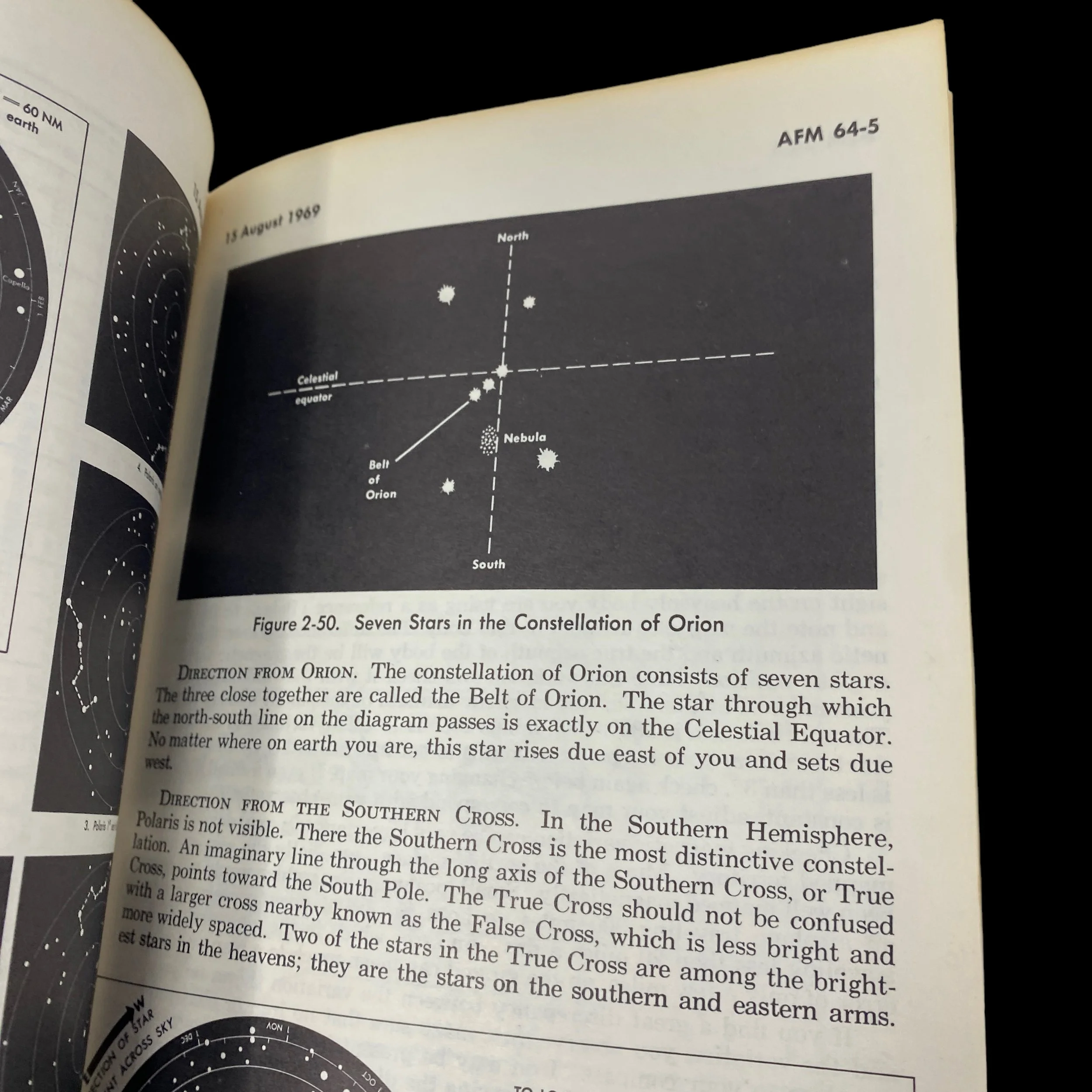




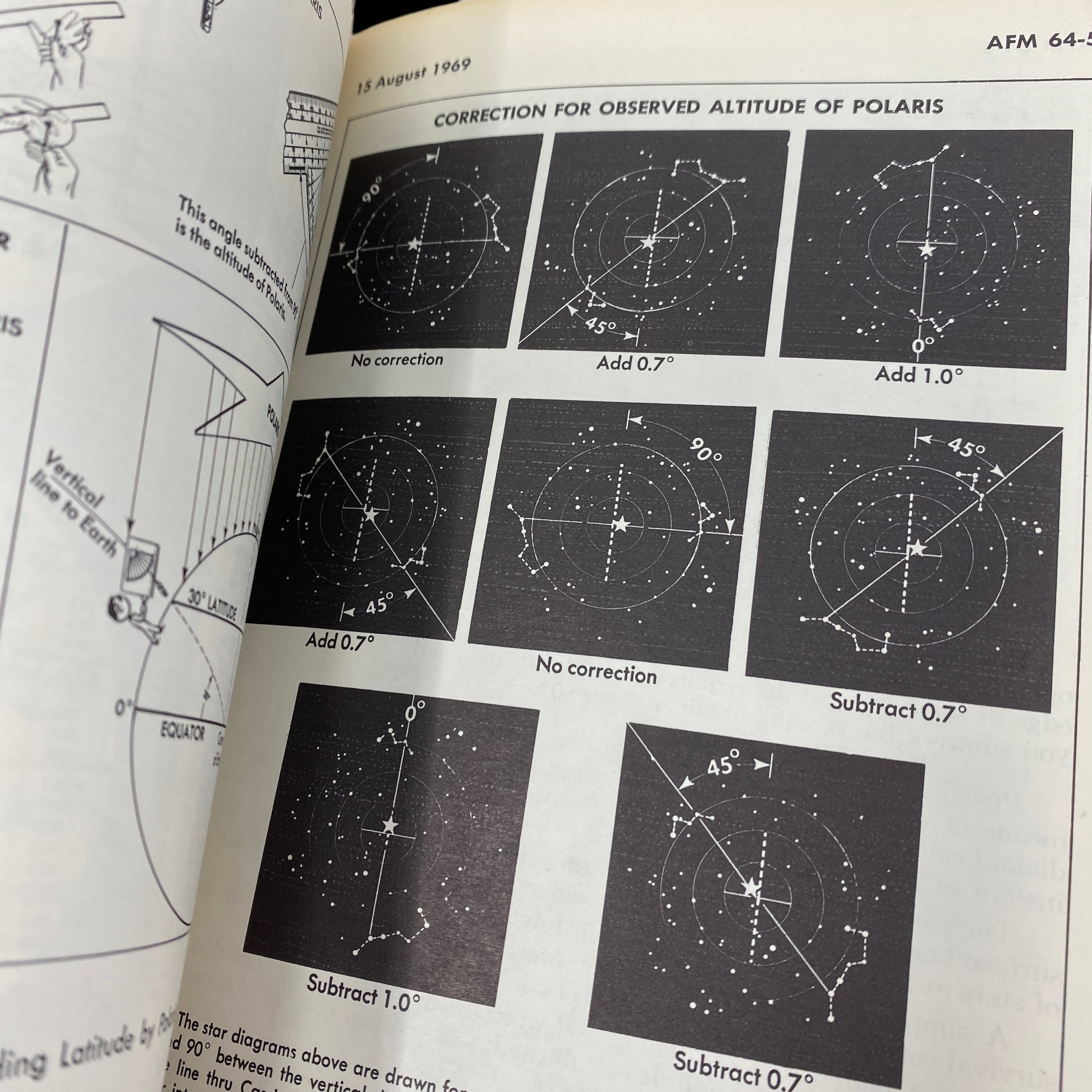


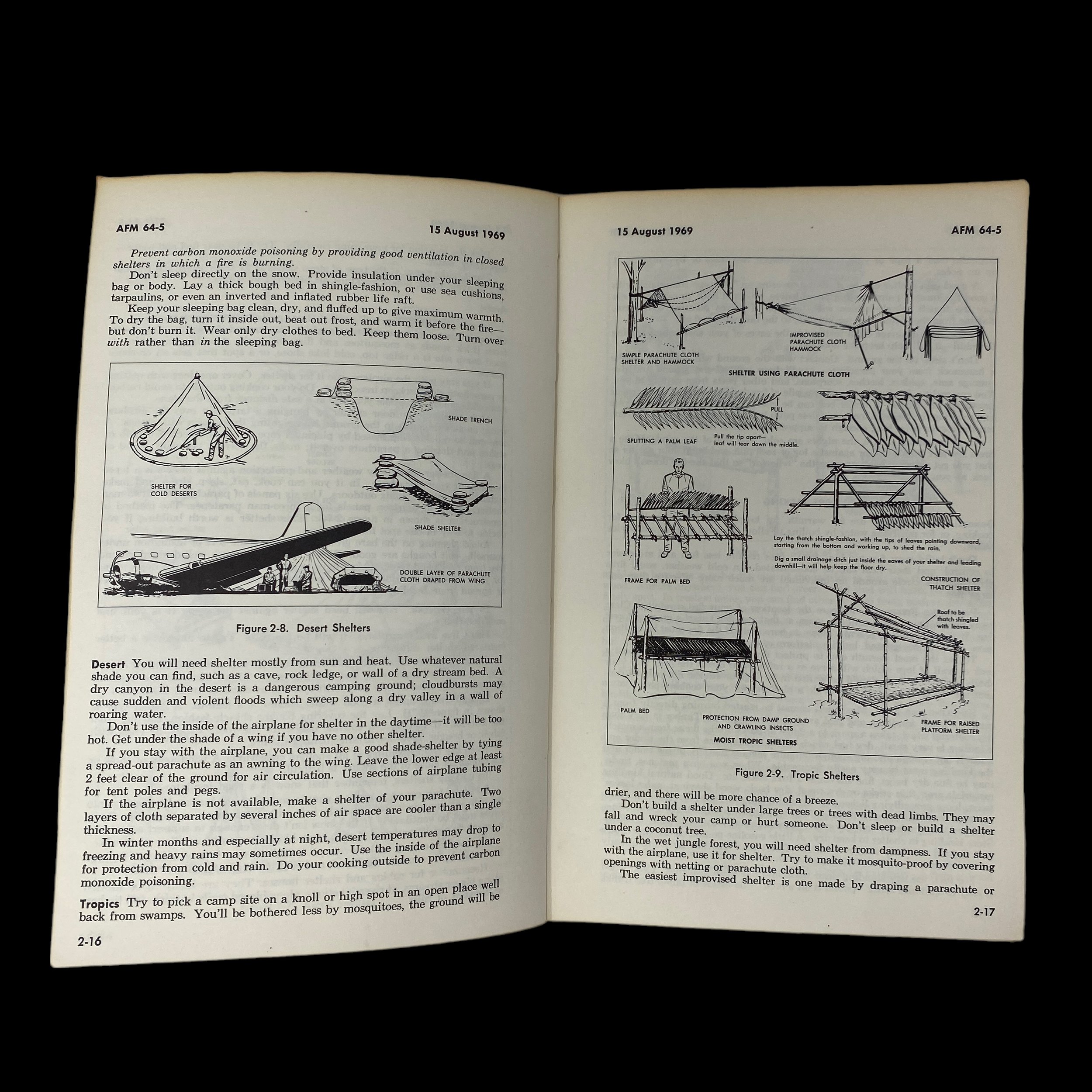










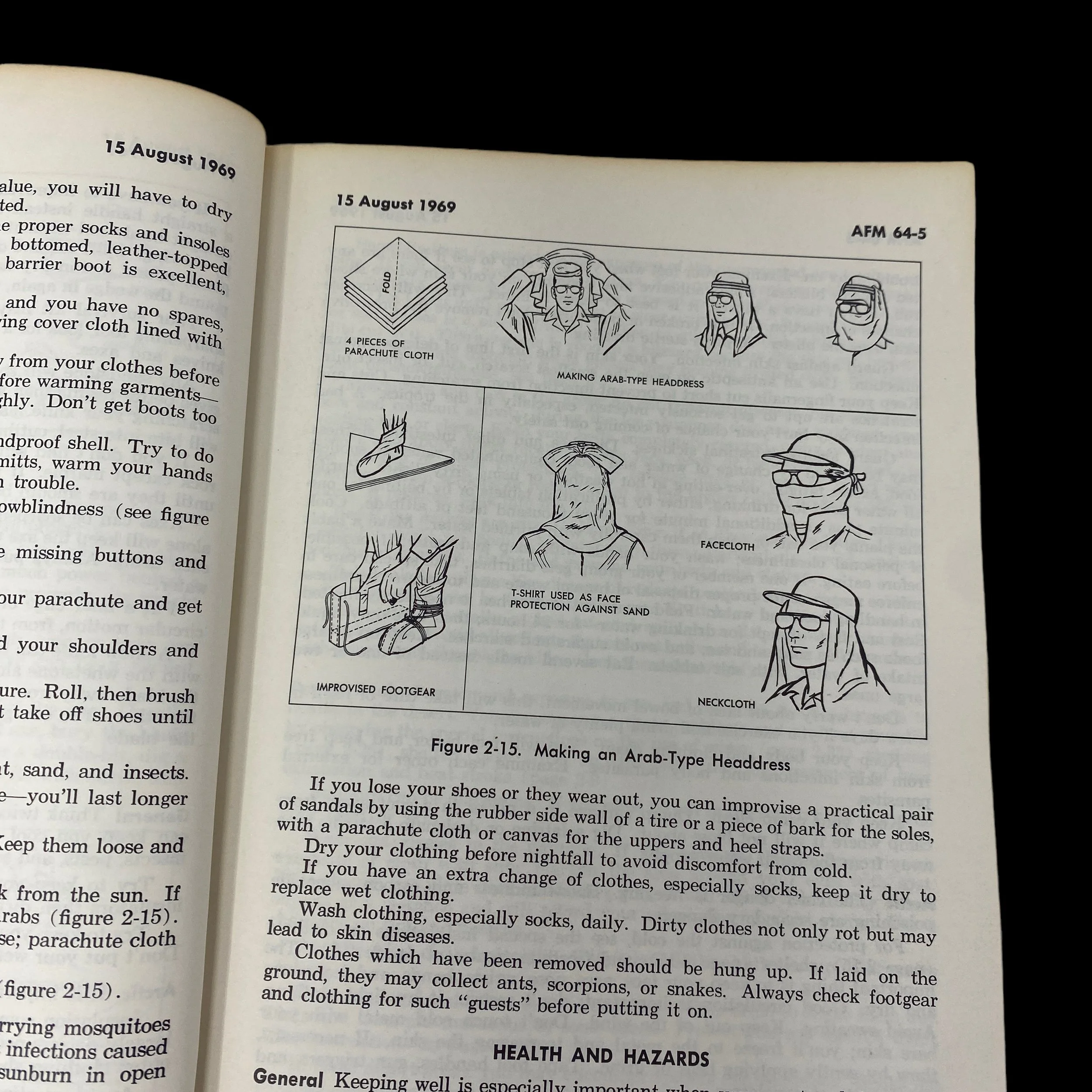
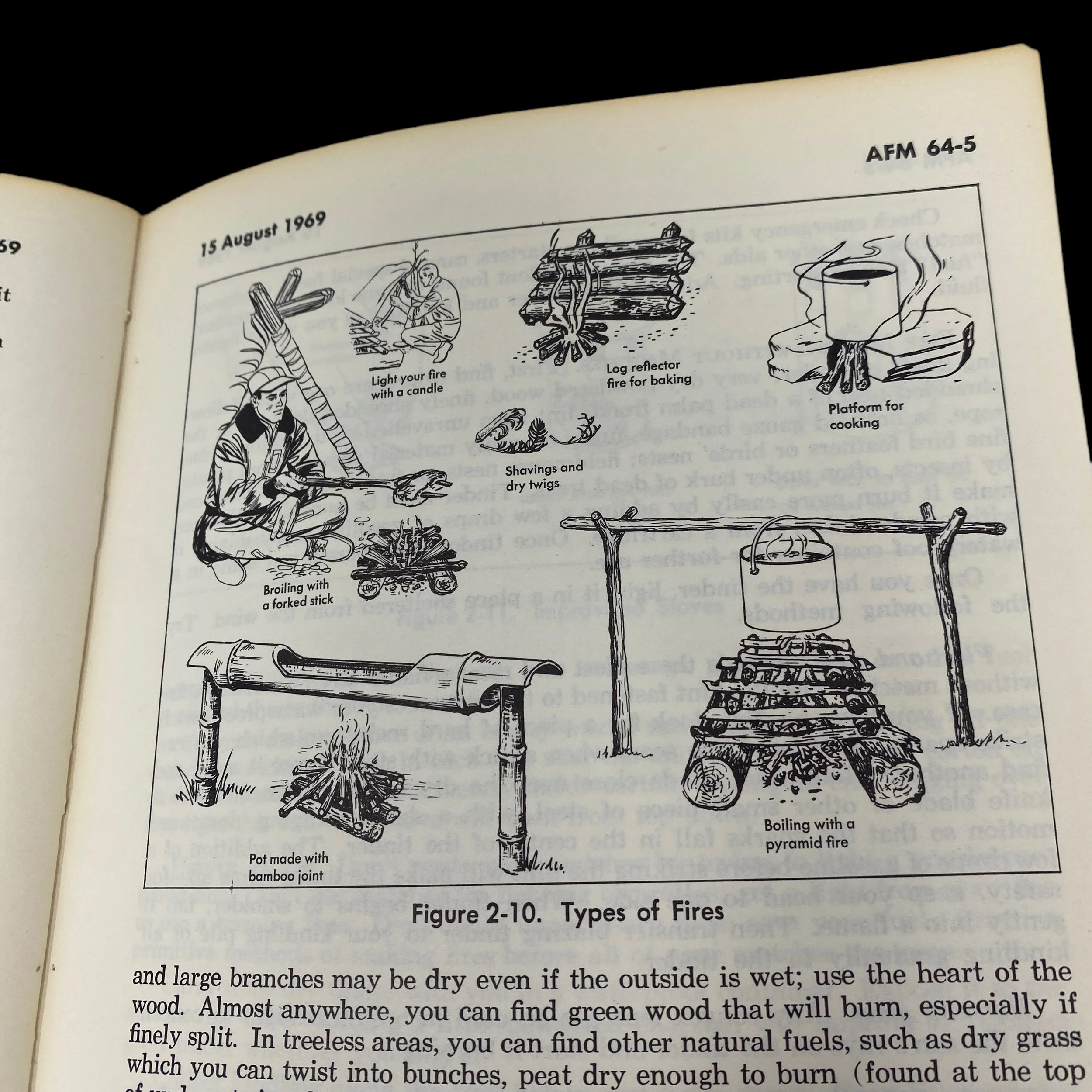














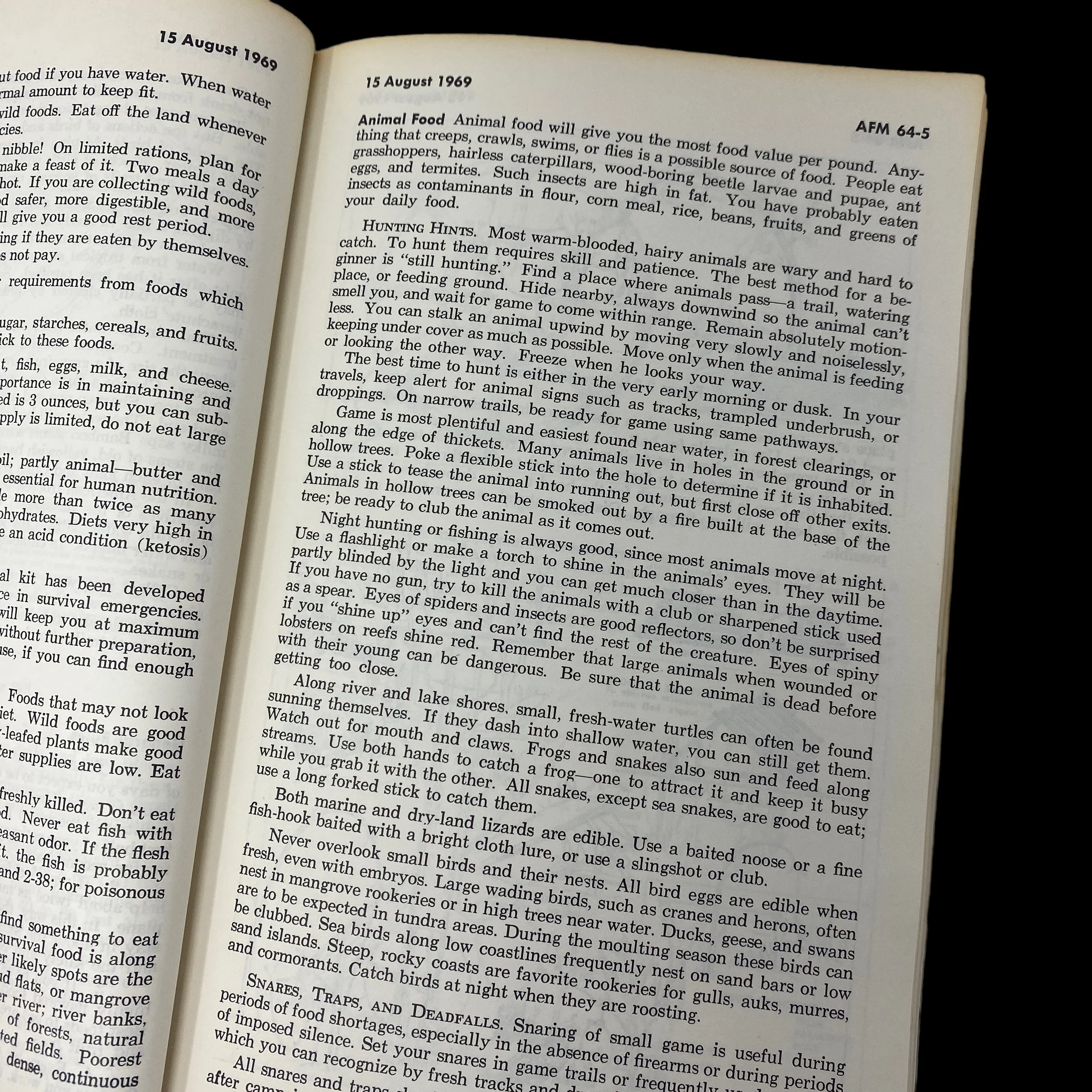
Vietnam War United States Air Force (USAF) "Search and Rescue - SURVIVAL" U.S. Pilot Manual
Comes with C.O.A.
This incredible museum-grade Department of The Air Force manual is dated August 15th, 1969 and was used to teach U.S. pilots about search and rescue techniques as well as survival if they were shot down over Vietnam. This extremely detailed manual discusses survival on land, food, survival at sea, as well as various other survival techniques crucial for their well-being. What makes a specific training manual even more incredible is that it is named to the U.S. pilot who used it during his training.
The United States Air Force (USAF) played a critical role in the Vietnam War. One of the most important tasks of USAF pilots during the war was the search and rescue of downed pilots. In order to ensure the success of these missions, the USAF spent a significant amount of time and resources training their pilots in search and rescue techniques as well as survival methods if they were shot down. In this essay, we will explore how USAF pilots were trained to survive if they were shot down and became stranded in hostile territory.
Survival in the jungle was a challenging task for any pilot, and the USAF recognized the importance of proper training to ensure that their pilots had the necessary skills to survive if they were shot down. One of the primary focuses of the training was on building a shelter. Pilots were taught to construct a shelter that was both waterproof and could protect them from the elements. This was important because the jungle could be incredibly wet, and a pilot who was not properly protected from the rain and humidity could become very sick.
Another critical aspect of survival training was finding food and water. Pilots were taught to locate sources of water such as streams or rivers and to purify the water before drinking it. They were also taught to find edible plants and fruits that could sustain them until they were rescued. In some cases, pilots were given survival kits that contained food and water, but it was still essential that they knew how to locate these resources in the wild.
Navigation was also a vital skill that pilots were taught during their training. They were taught how to use the stars to navigate at night and how to use a compass during the day. In addition, pilots were taught how to leave markers to signal their location to search and rescue teams. These markers could be anything from a fire to a brightly colored piece of fabric.
Evasion was another critical skill that pilots were trained in. In some cases, pilots may have been shot down in enemy territory, and they needed to evade capture until they could be rescued. Pilots were taught how to move through the jungle quietly and how to avoid detection. They were also taught how to make booby traps to deter any pursuers. These traps were designed to be non-lethal but could cause significant injury and slow down any pursuers.
In addition to the physical skills required for survival, pilots were also taught mental resilience. Being stranded in the jungle could be a terrifying experience, and pilots needed to maintain their focus and mental clarity to survive. They were taught how to manage their emotions and how to stay positive in challenging situations.
Overall, the USAF recognized the importance of proper training to ensure the survival of their pilots if they were shot down in hostile territory. Pilots were taught a range of skills, including how to build a shelter, find food and water, navigate, evade capture, and maintain mental resilience. These skills were critical for any pilot who found themselves stranded in the jungle, and they played an essential role in ensuring the success of search and rescue missions during the Vietnam War.